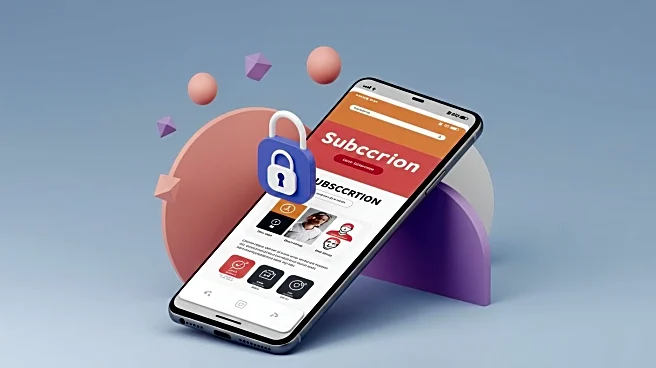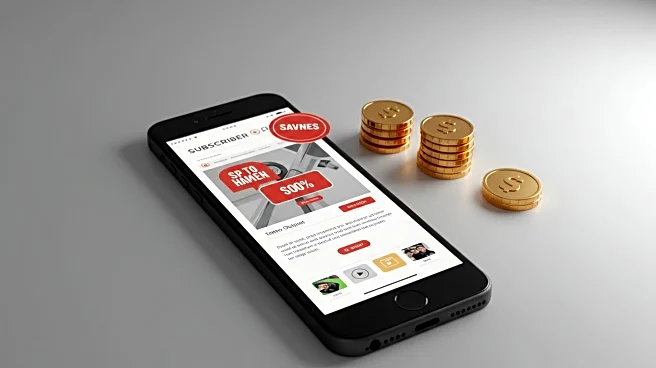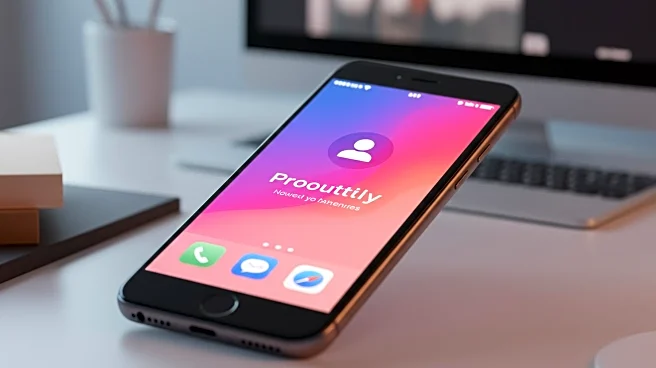What is the story about?
What's Happening?
Substack has launched a feature allowing its writers to direct U.S. readers to web-based subscriptions on iOS, potentially offering lower costs compared to Apple's in-app purchase system. This follows a May update to Apple's App Store rules, influenced by Epic Games' antitrust lawsuit, which allows apps to offer external payment links. Substack creators can now offer the choice between Apple's in-app payment system and web options, accessible without leaving the app. Substack will adjust iOS app prices to accommodate Apple's fees, with the option for writers to disable this feature. The company continues to charge a 10% fee based on web subscription prices. Additionally, Substack provides migration tools for creators to manage billing information for Apple-managed subscriptions if they leave the platform. Over 30,000 publications on Substack have enabled in-app purchases, and early tests of the payment options have increased paid sign-ups.
Why It's Important?
The introduction of web-based subscriptions on iOS is crucial for Substack as it allows the platform to circumvent Apple's commission fees, potentially reducing costs for consumers and increasing revenue for creators. This move aligns with a growing trend among app developers seeking alternatives to Apple's payment system, which has been criticized for its high fees. By offering more flexible payment options, Substack can attract a broader audience, enhancing its competitive position in the digital subscription market. This development may also influence other companies to adopt similar strategies, potentially leading to changes in Apple's App Store policies.
What's Next?
Substack's new feature may encourage other app developers to explore web-based subscription options, potentially leading to a shift in how digital subscriptions are offered on mobile platforms. As more companies adopt external payment links, Apple may face increased scrutiny and pressure to adjust its App Store policies. Substack's success with this model could inspire other subscription-based platforms to follow suit, potentially reshaping the landscape of digital content monetization.
AI Generated Content
Do you find this article useful?












